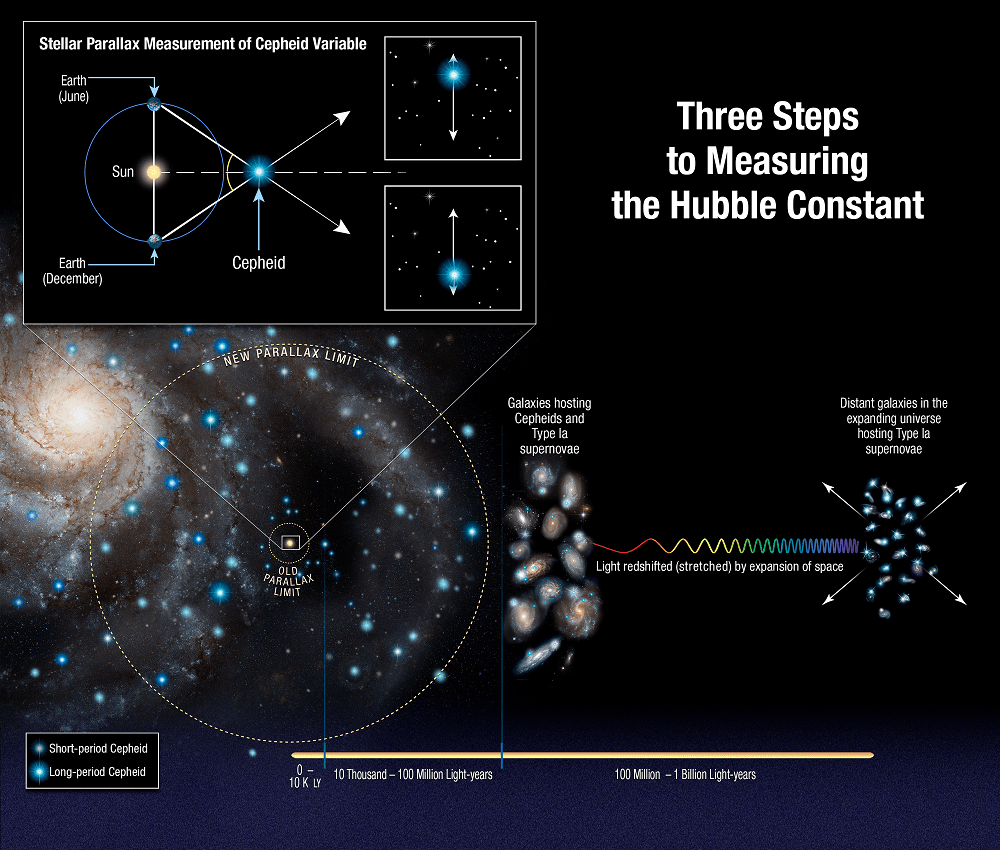
In a series of papers, an international team claims they've found the first observational evidence that supermassive black holes are responsible for cosmic expansion!
Continue reading

Kilonova explosions are almost perfectly spherical, which could help us study cosmic expansion.
Continue reading

The latest JWST deep-field image provides a breathtaking view of Pandora's Cluster, which was previously imaged by Hubble.
Continue reading

A Russian spacecraft docked with the ISS has reportedly suffered a coolant link for the second time in just a few months.
Continue reading

After months of extreme cold, NASA's Ingenuity helicopter appears to be back in working order.
Continue reading

In a recent study, a team of researchers showed how combining interferometry with quantum principles could lead to quantum telescopes.
Continue reading

A new study suggests that advanced civilizations could used black holes as massive quantum computers, a theory that has implications for SETI.
Continue reading

A new study considers how lunar dust launched from the surface of the Moon could help reverse Climate Change.
Continue reading

Amateur astronomer Giuseppe Donatiello discovered three faint galaxies that machine learning missed.
Continue reading

A new machine learning technique will help astronomers detect young exoplanets in disks surrounding other stars.
Continue reading

An international team of SETI researchers used a new algorithm to look for technosignatures in GBT data. They found 8 signals of interest!
Continue reading

SpaceX set a new record for thrust with the B7 booster's static fire test, which saw 31 of its 33 engines fire simultaneously.
Continue reading

A new study suggests that the Hubble Constant could be resolved by the presence of a "New Early Dark Energy" (NEDE) in the early Universe.
Continue reading

Using China's FAST telescope and a new technique, an international team of astronomers scanned 33 exoplanets for signs of extraterrestrial intelligence.
Continue reading

Now's the time to catch periodic Comet 96P Machholz on its encore dawn performance, before it slides out of view.
Continue reading

 Universe Today
Universe Today
















































